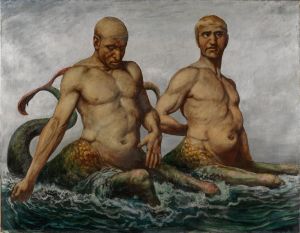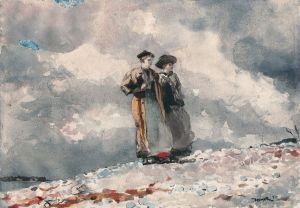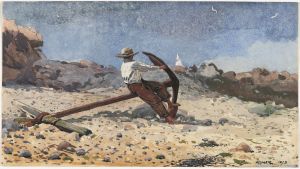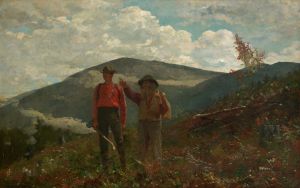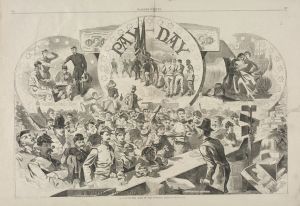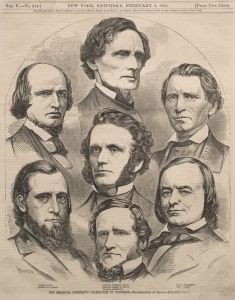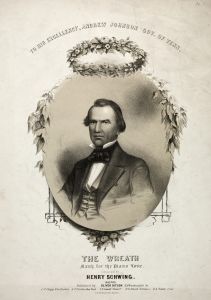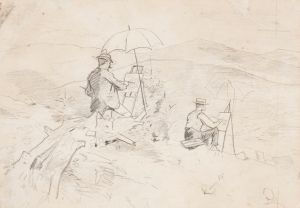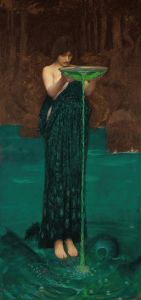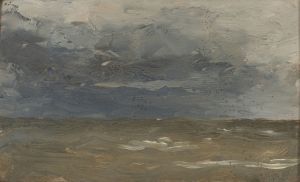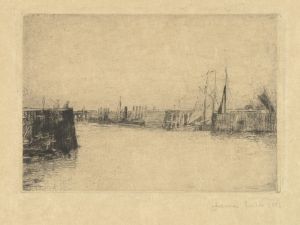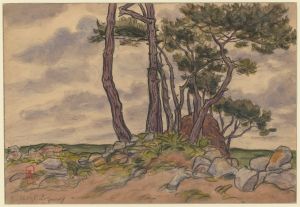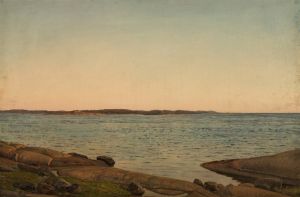
The Bright Side
A hand-painted replica of Winslow Homer’s masterpiece The Bright Side, meticulously crafted by professional artists to capture the true essence of the original. Each piece is created with museum-quality canvas and rare mineral pigments, carefully painted by experienced artists with delicate brushstrokes and rich, layered colors to perfectly recreate the texture of the original artwork. Unlike machine-printed reproductions, this hand-painted version brings the painting to life, infused with the artist’s emotions and skill in every stroke. Whether for personal collection or home decoration, it instantly elevates the artistic atmosphere of any space.
Winslow Homer, an American artist renowned for his landscape and marine subjects, created "The Bright Side" in 1865. This painting is a significant work from Homer's early career, reflecting his experiences and observations during the American Civil War. Homer, who worked as an illustrator for Harper's Weekly during the war, often depicted scenes that captured the everyday life of soldiers and the impact of the war on American society.
"The Bright Side" is an oil painting that portrays a group of African American Union teamsters resting in front of a white army tent. The composition is notable for its depiction of African American figures at a time when their representation in art was limited and often stereotyped. Homer’s choice to focus on these individuals is significant, as it highlights their role and presence in the Civil War, a subject that was not commonly addressed in the art of the period.
The painting is characterized by its use of light and shadow, a technique Homer employed to draw attention to the figures and their environment. The title, "The Bright Side," is thought to refer to the literal bright side of the tent where the men are seated, basking in sunlight. This use of light not only serves an aesthetic purpose but also suggests a metaphorical interpretation, possibly alluding to the brighter prospects of freedom and emancipation following the Civil War.
Homer's work during this period often included themes of resilience and the human condition, and "The Bright Side" is no exception. The relaxed posture and expressions of the men suggest a moment of respite and camaraderie amidst the hardships of war. This humanizing portrayal contrasts with the often harsh realities faced by African Americans during this era, providing a nuanced perspective on their experiences.
The painting is also significant for its historical context. Created shortly after the end of the Civil War, it reflects the changing attitudes and social dynamics of the United States during Reconstruction. Homer's depiction of African American subjects in a dignified and respectful manner was progressive for its time and contributes to the painting's lasting impact.
"The Bright Side" is housed in the collection of the Fine Arts Museums of San Francisco. It remains an important work for its artistic merit and its contribution to the broader narrative of American art and history. Through this painting, Winslow Homer not only captured a moment in time but also contributed to the evolving discourse on race and identity in post-Civil War America. His ability to convey complex themes through simple yet powerful imagery is a testament to his skill and vision as an artist.





